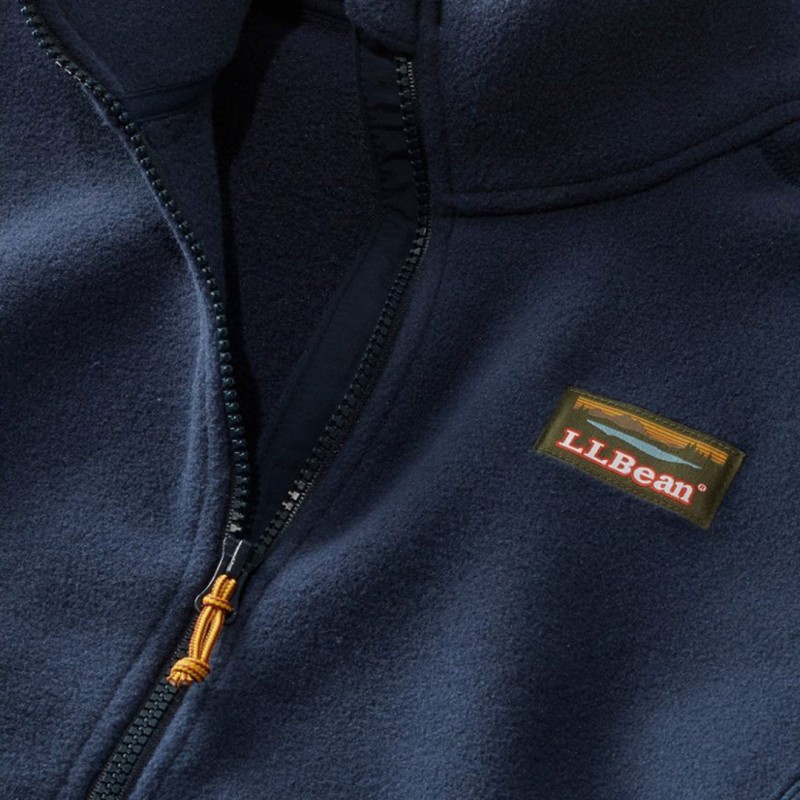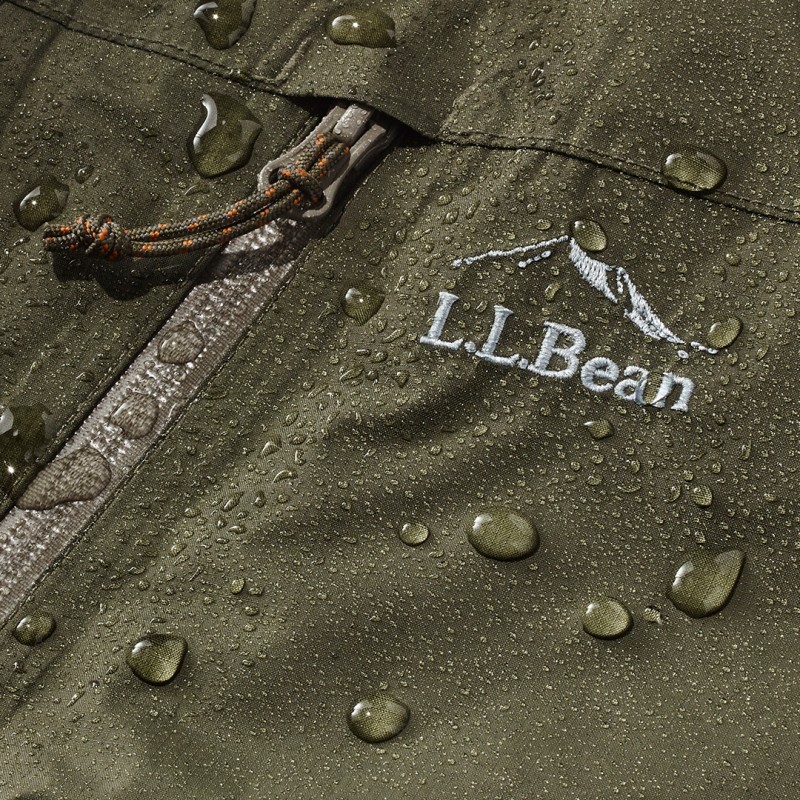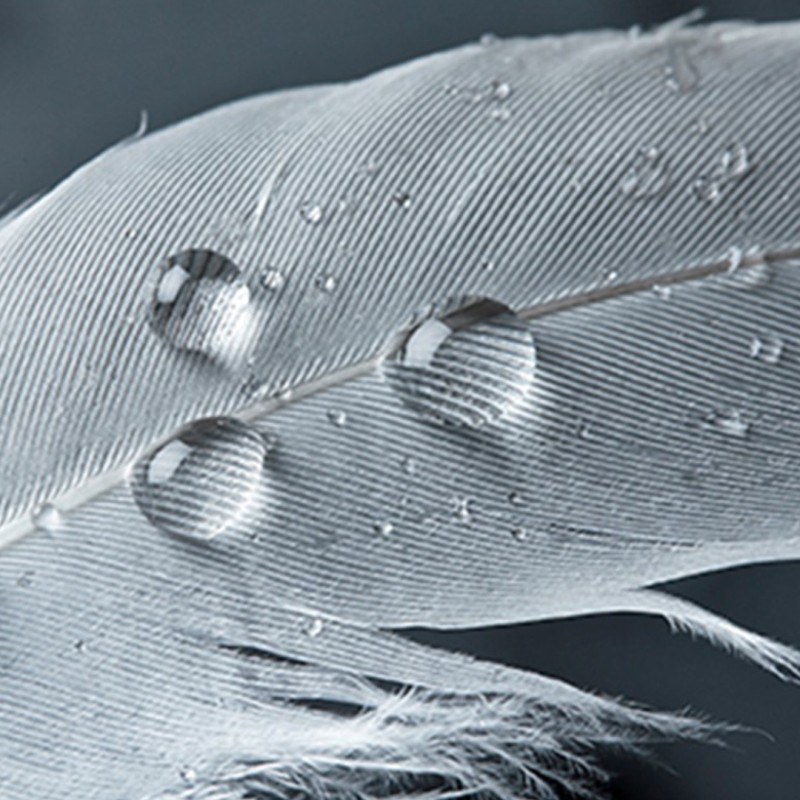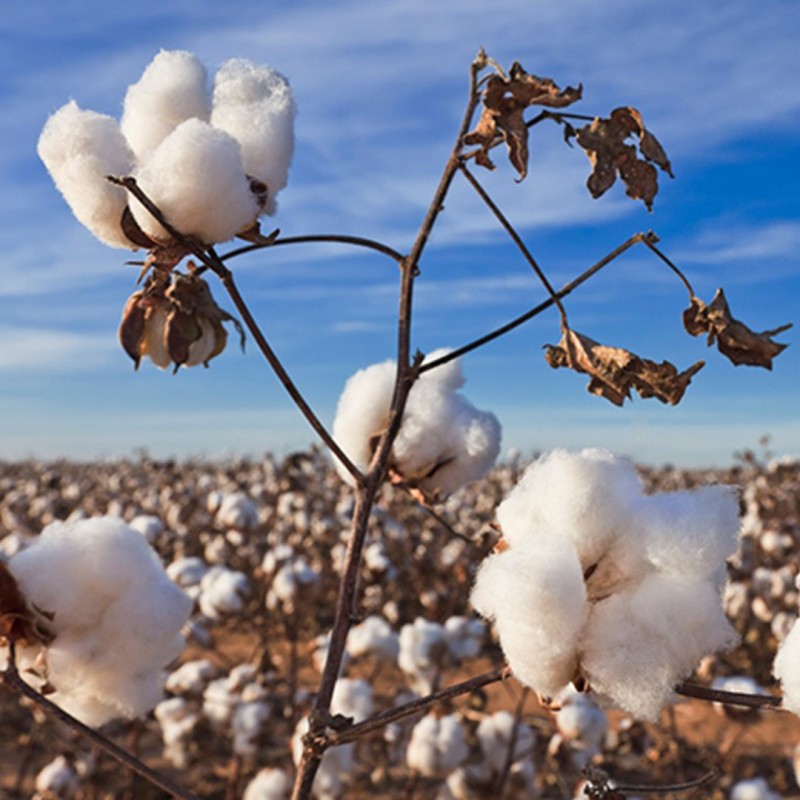Product Sustainability
Every product we make is thoughtfully designed with the outdoors in mind. When we create our high-quality products to last a long time, we’re not just thinking of how much longer customers can enjoy them, but also the lower impact they will have on the environment.
Choosing Materials Responsibly
One of the most important things we can do to increase sustainability and minimize environmental impact starts with our products and the companies we partner with. Working with the world’s most respected and trusted industry leaders in sustainable practices and using responsibly sourced materials reduces waste and pollution, saves energy and water, and reduces chemicals and dyes. With these guidelines and standards in place you can feel good about using our products and we can feel good about making them.
Here are some of our key partners in sustainability:
Manages and monitors the use of chemicals, dyes and finishes in the manufacturing process, helping to create fabrics that are safer for the environment, workers and customers. While we’ve always worked hard to keep chemicals out of our products, we’re especially proud to have signed on as a bluesign brand system partner in 2017.
Textile Exchange is a global non-profit that works closely with our members to drive industry transformation in preferred fibers, integrity and standards and responsible supply networks. We identify and share best practices regarding farming, materials, processing, traceability and product end-of-life in order to reduce the textile industry’s impact on the world’s water, soil and air, and the human population.
This groundbreaking collaboration consists of world-wide members dedicated to transforming the apparel, footwear, and textiles industries so they produce no unnecessary environmental harm and have a positive impact on the people and communities associated with their activities.
The renowned testing and certification process of OEKO-TEX guarantees maximum consumer safety. When an OEKO-TEX Standard 100 label is on a product, you can be 100% confident any textiles used to make it, from the yarns to the finished product, have been tested for harmful substances – and are safe to use.
Recycled Materials
Using recycled fabrics not only saves energy and water, but also allows us to make use of materials that would otherwise end up in the trash. For example, switching to recycled polyester fleece in our Mountain Classic Fleece outerwear has helped keep nearly 40 million plastic bottles out of landfills since 2008.
RECYCLED POLYESTER
Polyester is the most widely used fiber worldwide. Recycling “waste” plastics to create a new textile product means we don’t need to use other resources. There are two types of polyester recycling: mechanical recycling (melting the plastic and re-extruding it to make yarns); and chemical recycling (breaking the polymer into its molecular parts and reforming the molecules into a yarn). Much of recycled polyester is derived from PET plastic bottles but it can also be made from other post-consumer plastic such as ocean waste or discarded polyester textiles, or from pre-consumer processing residues such as fabric scraps.
RECYCLED NYLON
Like recycled polyester, recycled nylon helps decrease dependency on resources like water, energy and fossil fuels and reduces waste in landfills and oceans. Recycled nylon can be created from materials such as discarded fishing nets, carpets, or other used textiles and has many environmental advantages.
Other Responsible Materials
Sometimes the smallest changes can have the biggest impact. Whether it’s using organic cotton or responsibly sourcing fabrics, these standards are helping us take the next steps towards more sustainable products. Here’s what we’re working on so far.
RESPONSIBLE DOWN
By implementing these standards, we ensure that our brand, along with the farmers, supply chain members and other third parties we partner with, adhere to and respect the Five Freedoms of the animals that provide their down and feathers (freedom from hunger and thirst; freedom from discomfort and pain; freedom from injury or disease; freedom to express normal behavior; freedom from fear and distress), and meet the trust of consumers that are choosing Responsible Down Standard products.
RESPONSIBLE COTTON
Cotton is soft, breathable and 100% natural. Its production sustains the health of soils, ecosystems and people by using natural processes rather than artificial ones, and we’re striving to keep it that way. We use organic cotton in many of our products which has been produced and certified to organic agricultural standards. We also incorporate Supima cotton into our products which is a superior type of cotton grown in the USA. Its extra-long staple fibers give it the amazing properties of strength, softness and color retention that allows your garments to last throughout all your adventures. We’re combining tradition, innovation, and science to create soft, breathable, cottons that everyone will love – the environment too.
Cotton LEADS connects textile manufacturers, brands and retailers with opportunities to support our cotton growers’ sustainability efforts and to share data, resources and technologies globally for the benefit of improving cotton around the world. By supporting research and best practices through the Cotton LEADS program, companies help expand the global supply of sustainably produced cotton.










